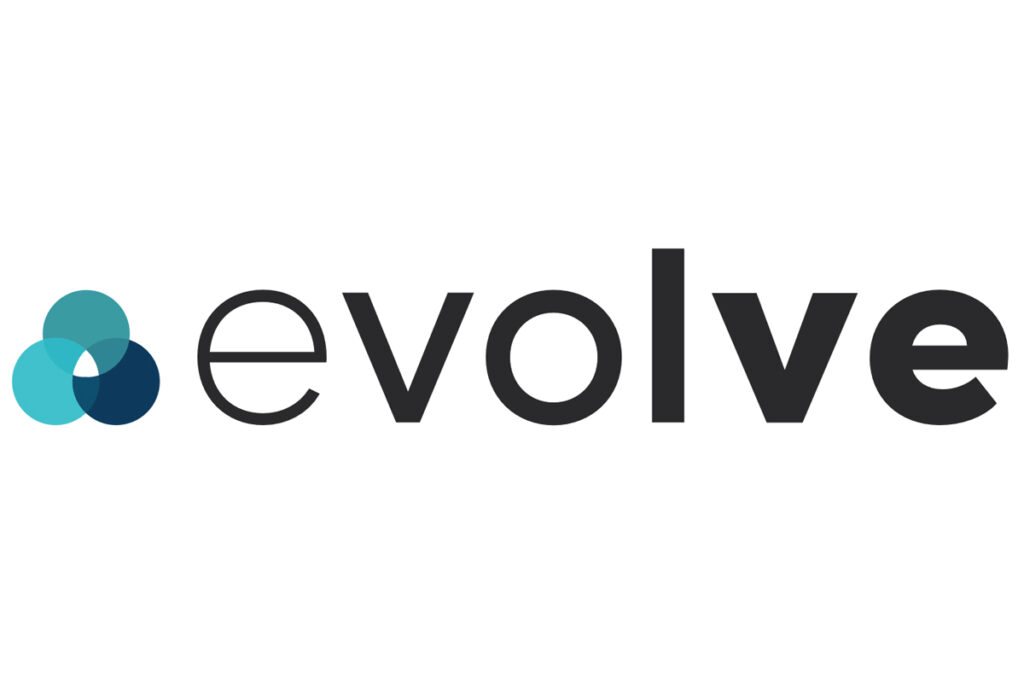 Many businesses are starting to use a PWA – a Progressive Web App – in preference to a regular mobile app, but what are the advantages, what does it cost and how do you know if your business and website is ready for a PWA
Many businesses are starting to use a PWA – a Progressive Web App – in preference to a regular mobile app, but what are the advantages, what does it cost and how do you know if your business and website is ready for a PWA
At the recent Internet Retailing Expo, we spoke to Helen Christie from Evolve, a design agency with PWA expertise and Helen agreed to share her insights:
What is a PWA?
Progressive Web Apps (PWAs) are web applications built just like regular websites but that act very much like an app when they are opened on a mobile phone. They appear as an icon on the home page, can access the phone’s location and work when the phone isn’t connected to a network just like an app. Built using Javascript a PWA gives you two for the price of one; a fully responsive website and app-like functionality when on a phone all without having to build and pay for a native app. In the simplest terms, it is a type of mobile app delivered through the web.
Bearing in mind that The number of mobile phone users is forecast to reach 4.68 billion by 2019 then you should be thinking of the best way of interacting with them!
Why would a PWA be of interest to me?
Ultimately, a PWA can significantly improve your customer’s experience online by providing functionality which would usually only be available via a native app. For example;
-
Push notifications
Engaging alerts can be sent directly to your customers device.
-
Location services
*example* if a customer has an abandoned product in their basket and is within 2 miles of your store which has that item in stock, the customer can receive a push notification to their device prompting them to visit the store and try on/check out the item and complete their purchase IRL.
-
Camera usage
A PWA can access and utilise the camera function on mobile and tablet devices. Functionality such as the Asos search function or AR try-on tools are all possible within a PWA.
-
Offline working
PWA’s can still work in areas where there is little connectivity such as on the tube.
-
Speed
PWA web pages do not ‘load’ like a normal website, instead pages transition which delivers a faster and more seamless browsing experience.
**Tinder reduced load time from 11.91 seconds to 4.69 seconds with its new PWA.
PWA vs Native App
Ultimately, a PWA can do most things that a native app can do, and what’s more, the user doesn’t need to download a large storage-hungry app onto their device to reap the benefits.
But why do brands continue to use apps rather than PWA’s? Well, PWAs are still a relatively new concept, and although it is most certainly the future for e-commerce, not all agencies have adopted the technology yet.
“Progressive web app leverages web and mobile platforms to prove its ability to surpass native application in terms of usability, user experience, rapidity, financial feasibility, and overall efficiency.”
The beauty of the PWA framework is that it can be sat on top of an existing website, thus preserving the investment you’ve put into your website and allows you to offer all of the above functions without having to invest in a separate native app.
In addition, if you decide to change web platforms in the future, the PWA can simply be re-directed to your new web platform and preserve your front-end investment.
If you’re interested in learning more about PWAs and what they could do for your business, contact Evolve Retail to discuss your ideas today.
FAQ’s
Does PWA work with every web platform?
A PWA can work as a stand-alone website, however, if you’ve already got a relatively new, functioning website, a PWA can be sat on top of the platform to deliver an enhanced UX.
Can PWA integrate with my ERP system?
Yes, the PWA has an API allowing it to integrate with any other system which has an API, too. Also the chances are that the platform would integrate to the ERP and the PWA would integrate to the platform so if there is already a connection this could be utilized and extended.
How difficult is a PWA to maintain?
Our PWAs are built using the universally recognised JavaScript language, meaning that there are 1000’s of developers who can help to maintain your system. If required, an admin area can be built into your PWA to allow you to manage as much as you wish.
How much does a PWA cost?
It depends on the complexity of the functionality you require. If you’d like the PWA to make up the complete framework of your website, this could cost from £20k+. If you’d like the PWA to sit on top of your existing website, this could cost as little as £6k.







